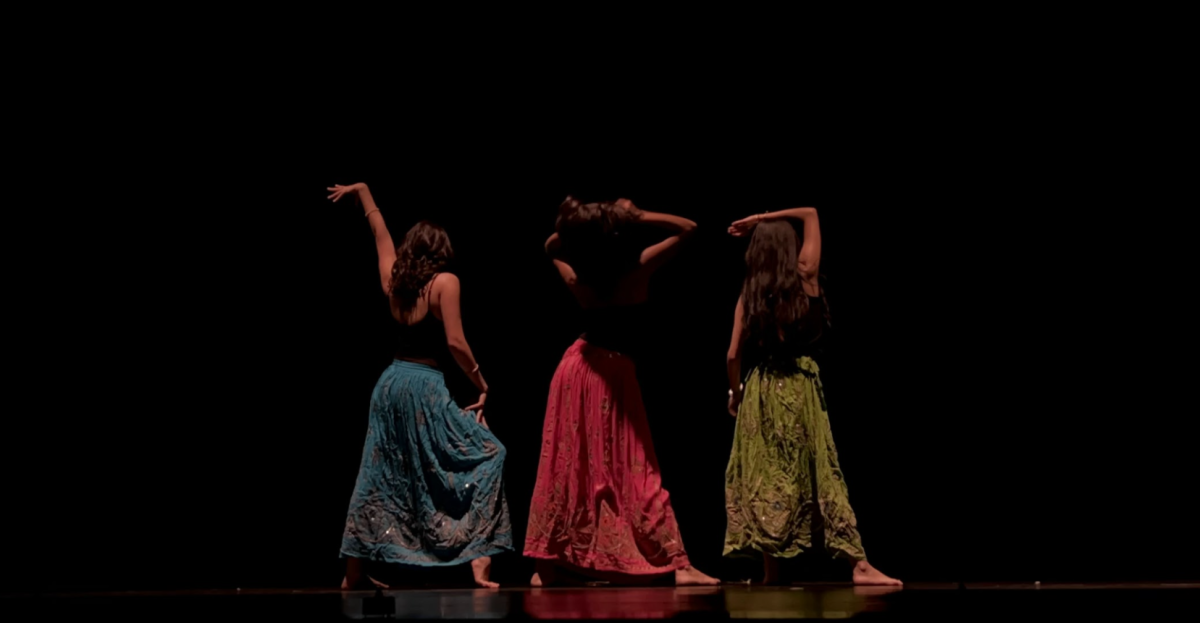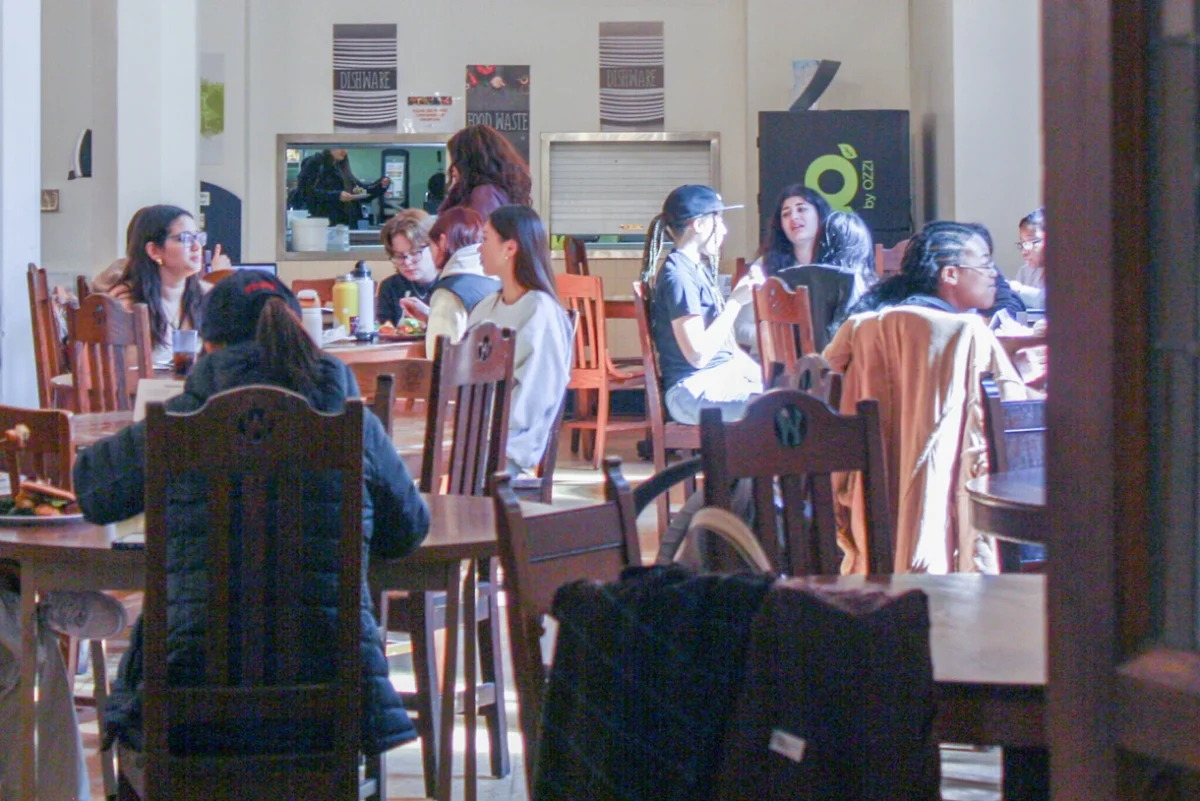By WENYAN DENG ’15
Staff Columnist
As a member of Wellesley’s Class of 2015 and a native of Beijing, China, I am currently reading International Politics at The University of Cambridge in the United Kingdom. This column aims to give a feel of what life is like as a semester student at Cambridge. This week, I focus on tourist activities in the city of Cambridge.
I don’t spend a lot of time taking pictures of my classrooms or the prison-like University Library. Whenever I pass by Trinity College, St. John’s College or King’s College, arguably the three most famous tourist attractions at Cambridge, I usually tell myself that I could go see them later. As a result, it was not until my friend visited me from France last weekend that I visited other famous Cambridge colleges and partook in popular tourist activities such as “punting.”
Punting in Cambridge has nothing to do with football. It’s a recreational activity where passengers sit in a long, narrow boat that gets propelled forward by pushing a long pole against the bottom of River Cam. Our punting guide not only showed us a view of Cambridge from River Cam but also told us interesting stories about the colleges.
The punt tour took us through Trinity College, St. John’s College, Clare College, King’s College and Queen’s College. First, we saw the Bridge of Sighs in St. John’s College, a covered bridge with beautiful windows. Legend has it that the bridge is so named because students must cross the bridge on their way to take exams in the examination hall. In reality, it is named after the Bridge of Sighs in Venice.
Other myths also surround the New Court of St. John’s College, a court built in 1831. The cupola over the central block is known as the “wedding cake” because it is completely white and is layered with wider layers at the bottom like a wedding cake. Because of mistakes in measurements, the space for the clock in the front of the cupola is left empty; the architect thought putting a clock in would spoil the symmetry of the New Court. Indeed, the New Court, which follows the Gothic architectural style, is absolutely symmetrical, except for the eagle in the front of it, which faces sideways. Given the rivalry between Trinity and St. John’s, it is said that the sideways gaze of the eagal is meant to demonstrate that Trinity, right across the river, is not worthy enough to look at St. John’s directly in the face.
Bridges are indeed the highlight on River Cam. Clare Bridge, another famous bridge, is on the section of River Cam that runs through Clare College. The sides of the bridge are lined with 14 spheres. If one views the bridge facing Clare College, the second sphere on the left hand side is incomplete. Builders left out a wedge in this special sphere to avoid a “bridge tax” in the 17th century, since such taxes could not be charged on unfinished projects. As part of Cambridge’s long history, the sphere has been left incomplete with a wedge missing to this day.
While telling us these interesting histories, our guide also dispelled rumors. A popular rumor at Cambridge involves the Mathematical Bridge, a wooden footbridge, just past Queen’s College. According to legend, the Mathematical Bridge was first built without a nut or bolt, rather completely by following Sir Isaac Newton’s laws of physics. Legend has it that years later, some curious students took the bridge apart, but were unable to put it together again, which explains why nuts and bolts are used to hold the bridge together today.
In reality, the bridge is called the Mathematical Bridge because its design uses completely straight timbers, but the overall effect of the bridge appears as an arch. This was made possible by lining straight timbers next to each other as if they are lines tangent to a circle, giving the bridge an appearance of an arch. The bridge was rebuilt twice, but the ingenuity of the tangential design was kept both times.
For such a small town, Cambridge many more tourist activities and destinations than one might expect. For any potential visitors to Cambridge, in addition to visiting the colleges, a punting tour is definitely worth the cost of 10 quid. Visitors who are not with Cambridge students must pay a pound to see Trinity College and 5 pounds to see St. John’s, but a punt tour brings them down River Cam in a gentle breeze. Even more, en route, good scenery is accompanied by good stories.




